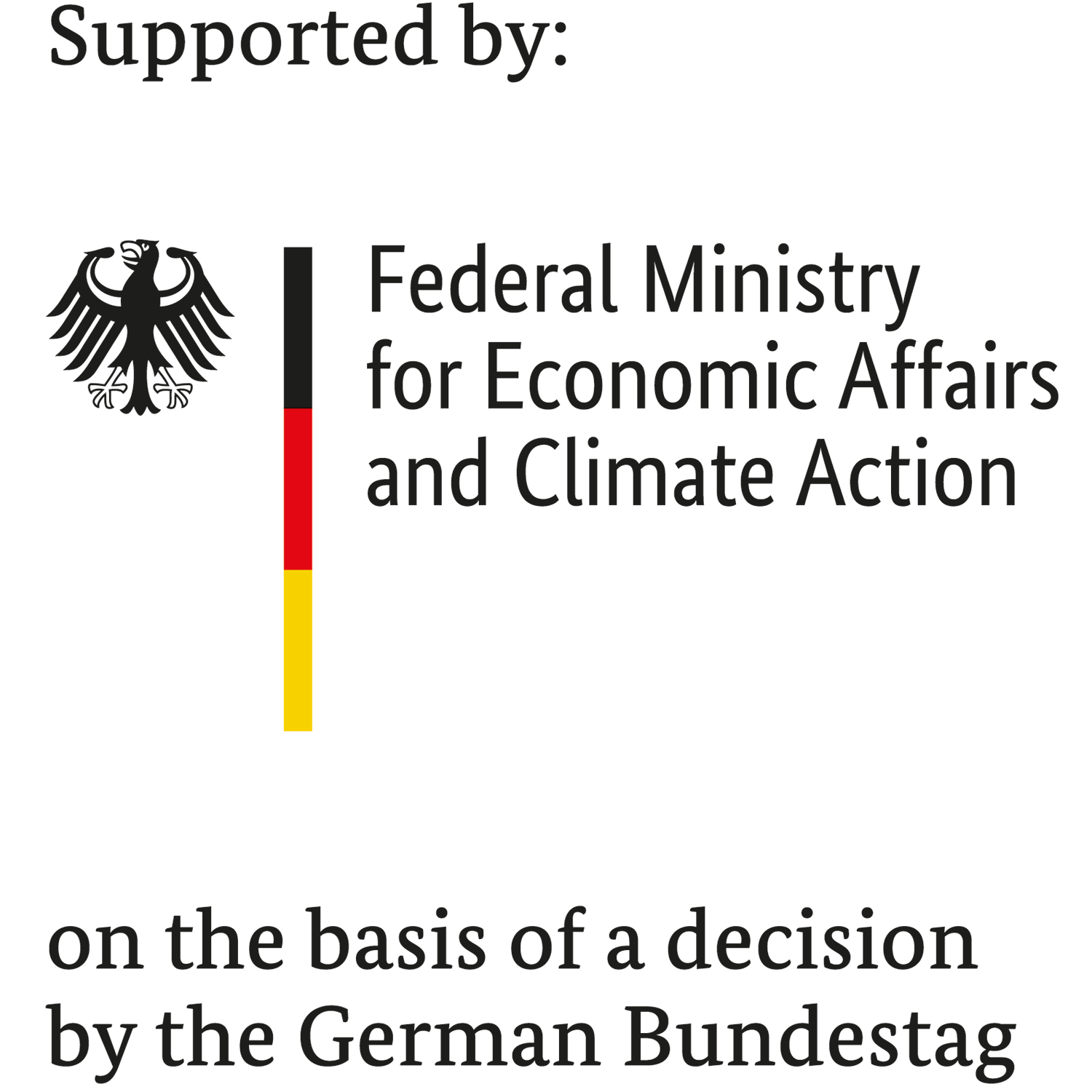3D scanning provides reliable information about service life


The ORka3D research project—optimization of resource use in welded structures through automated in-line service life assessment based on 3D scans—aims to develop an automated process for evaluating weld seam quality and the associated fatigue strength. This simplifies and improves quality control, as potential weak points can be identified and rectified immediately after production. The project aims to ensure consistent product quality while reducing costs.
The ORKa3D research project deals with the digital recording and evaluation of weld seams on components using state-of-the-art 3D scanner technology in the context of fatigue strength. The digital recording of the seam geometry enables a detailed analysis of the weld seams that goes far beyond conventional manual testing methods. Digitalization allows both the quality to be fully documented and automated evaluation in accordance with DIN EN ISO 5817 to be carried out, which is mandatory in regulated areas such as construction or crane manufacturing. The uniqueness of the project lies in the innovative integration of digital seam recording and evaluation immediately after the welding process. This approach enables immediate quality assessment of the weld seams and takes the efficiency of quality control to a new level.
The aim of the project is to analyze the local seam geometry in detail and, based on this, to obtain a reliable statement about the service life. This goal will be achieved in a total of three steps. First, algorithms will be developed with which the 3D scan data can be evaluated automatically. This first step provides specific seam characteristics, such as the precise size of the seam transition notches and seam rise angles. In a second step, the vibration resistance of welded samples that have been scanned beforehand is determined experimentally. During the investigations, both the locations of crack initiation and the further crack propagation are identified. In a third step, this information can be used to establish a well-founded correlation between the weld seam geometry and the vibration resistance. The results and algorithms obtained form the basis for the revision of the current standards, which currently do not adequately reflect the influence of seam geometry on fatigue strength.
The customer benefits are considerable: Companies involved in the production of welded components benefit from simplified and improved quality assurance and the ability to identify potential weak points in production at an early stage. By specifically identifying weld seam areas that are of insufficient quality, targeted reworking of the weld seams can be carried out, thus ensuring reliability. Concrete application scenarios could include steel construction, bridge construction, or plant engineering, where the service life of components is crucial for the safety and reliability of structures. By implementing this process in quality control, companies can not only increase product quality but also reduce costs through lower scrap rates and less reworking.
Overall, the project contributes to raising standards in welding technology and consistently exploiting the potential of digitalization in production by enabling the seamless integration of digital seam inspection into the production process.
Dr. Jörg Baumgartner

Funding body: German Federal Ministry for Economic Affairs and Climate Action (BMWK)
Funding program: Applied non-nuclear research funding in the 7th Energy Research Program of the German Federal Government “Innovations for the Energy Transition”
Grant number: 03EI5019A
Project partners